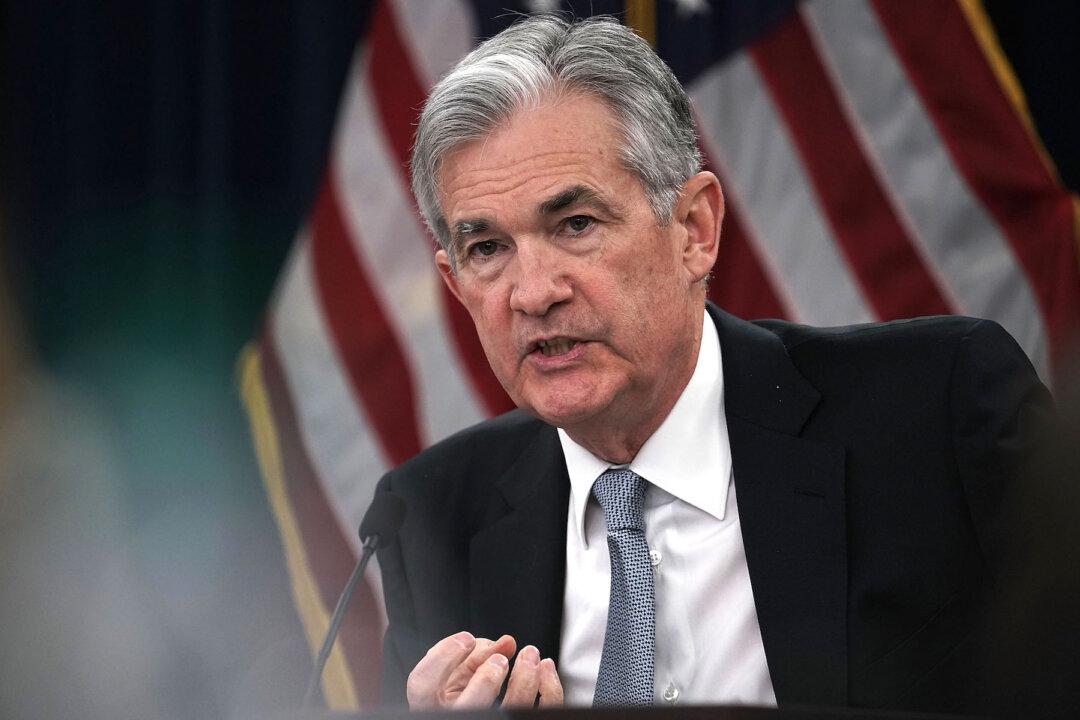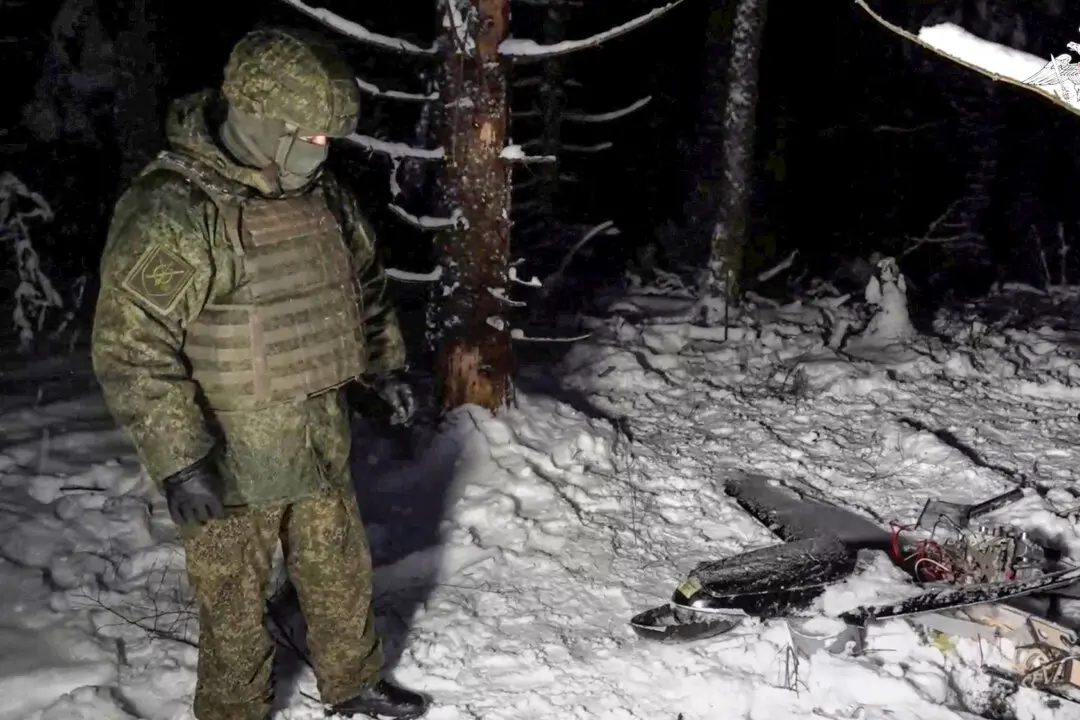Federal Reserve Chairman Jerome Powell has signaled the central bank’s readiness to slash interest rates to cushion the economy against the effects of a widening global slowdown and potential health emergency due to the spreading coronavirus.
Fed Signals Possible Rate Cut to Counteract Coronavirus Fallout
Chairman Powell said Federal Open Market Committee would ‘act as appropriate to support the economy’ in case of hit to outlook

Federal Reserve Chairman Jerome Powell speaks during a news conference in Washington on March 21, 2018. Alex Wong/Getty Images

Tom Ozimek
Reporter
|Updated:



